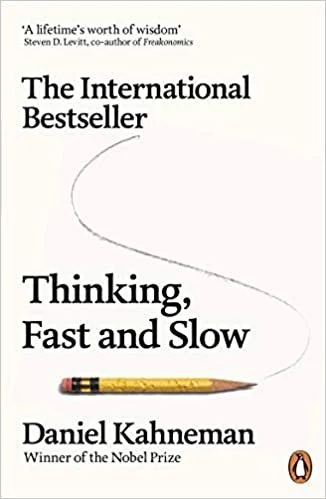Thinking, Fast and Slow
Repeat the message! Thinking, Fast and Slow shows us that our minds contain two systems. The first acts instinctively and requires little effort; the second is more deliberate and requires much more of our attention. Our thoughts and actions vary depending on which of the two systems is in control of our brain at the time.
Key insights
Of two minds: how our behavior is determined by two different systems – one automatic and the other considered.
The lazy mind: how laziness can lead to errors and affect our intelligence.
Autopilot: why we are not always in conscious control of our thoughts and actions.
Snap judgments: how the mind makes quick choices, even when it lacks enough information to make a rational decision.
Heuristics: how the mind uses shortcuts to make quick decisions.
No head for numbers: why we struggle to understand statistics and make avoidable mistakes because of it.
Past imperfect: why we remember events from hindsight rather than from experience.
Mind over matter: how adjusting the focus of our minds can dramatically affect our thoughts and behaviors.
Taking chances: the way probabilities are presented to us affects our judgment of risk.
Not robots: why we don't make choices based purely on rational thinking.
Gut feeling: why rather than making decisions based solely on rational considerations, we are often swayed by emotional factors.
False images: why the mind builds complete pictures to explain the world, but they lead to overconfidence and mistakes.
BUY HERE >>https://amzn.to/3wOACTt
In partnership with Amazon Associate Program

